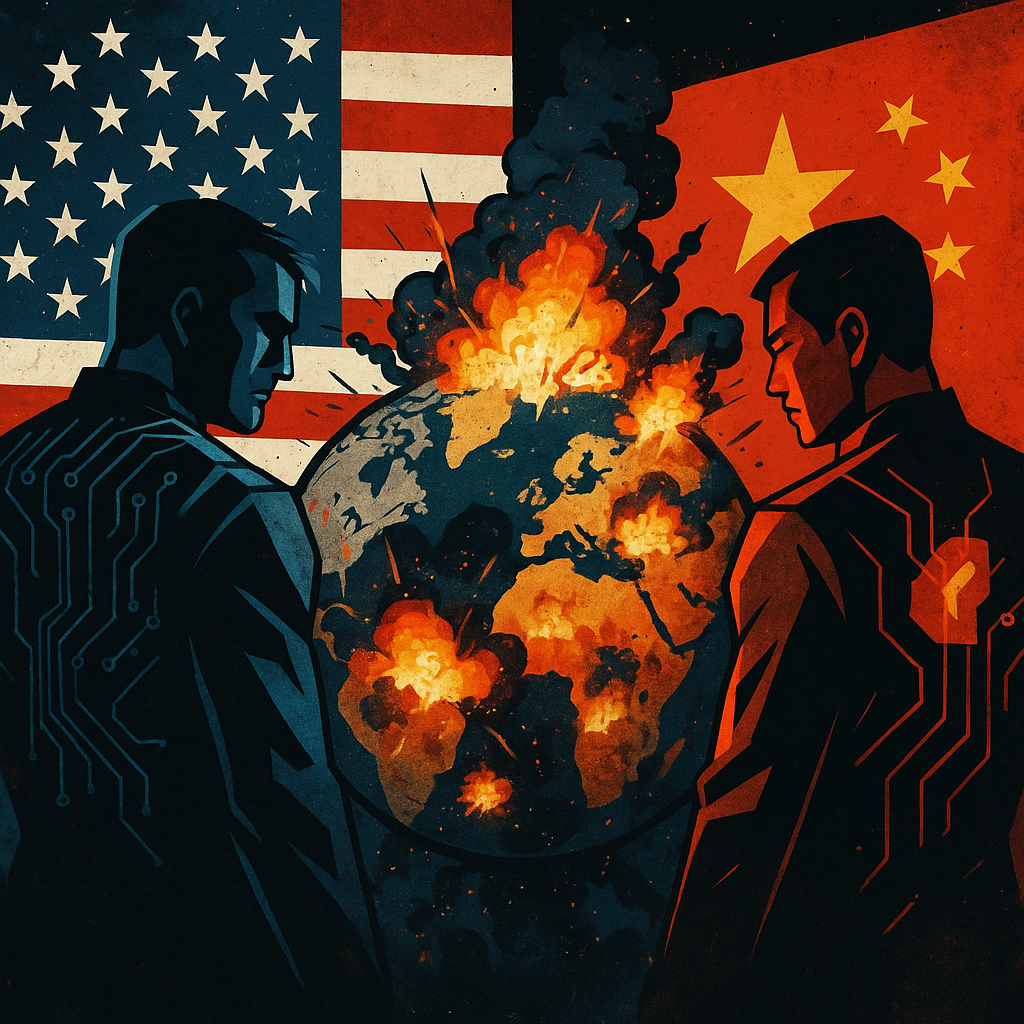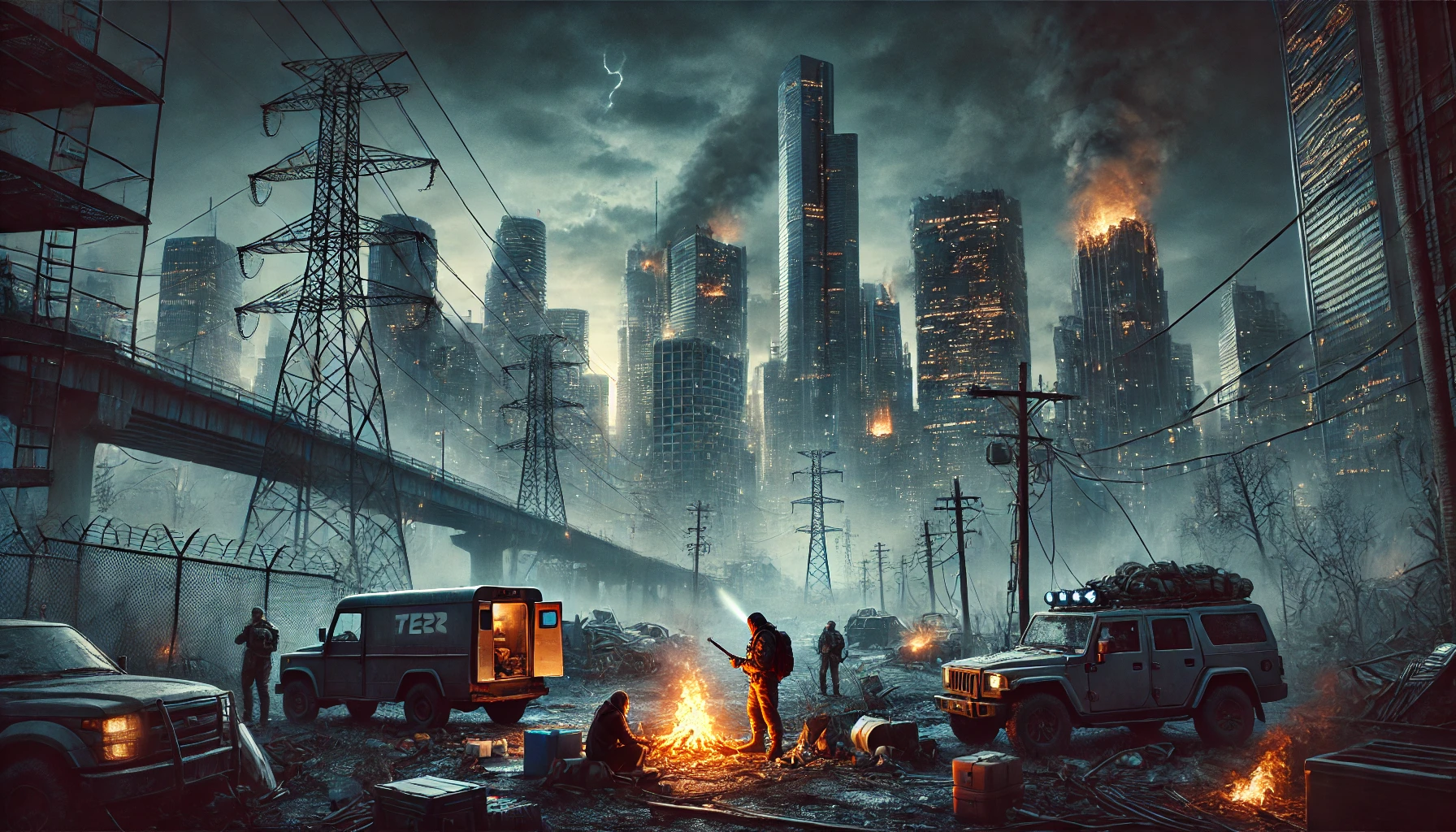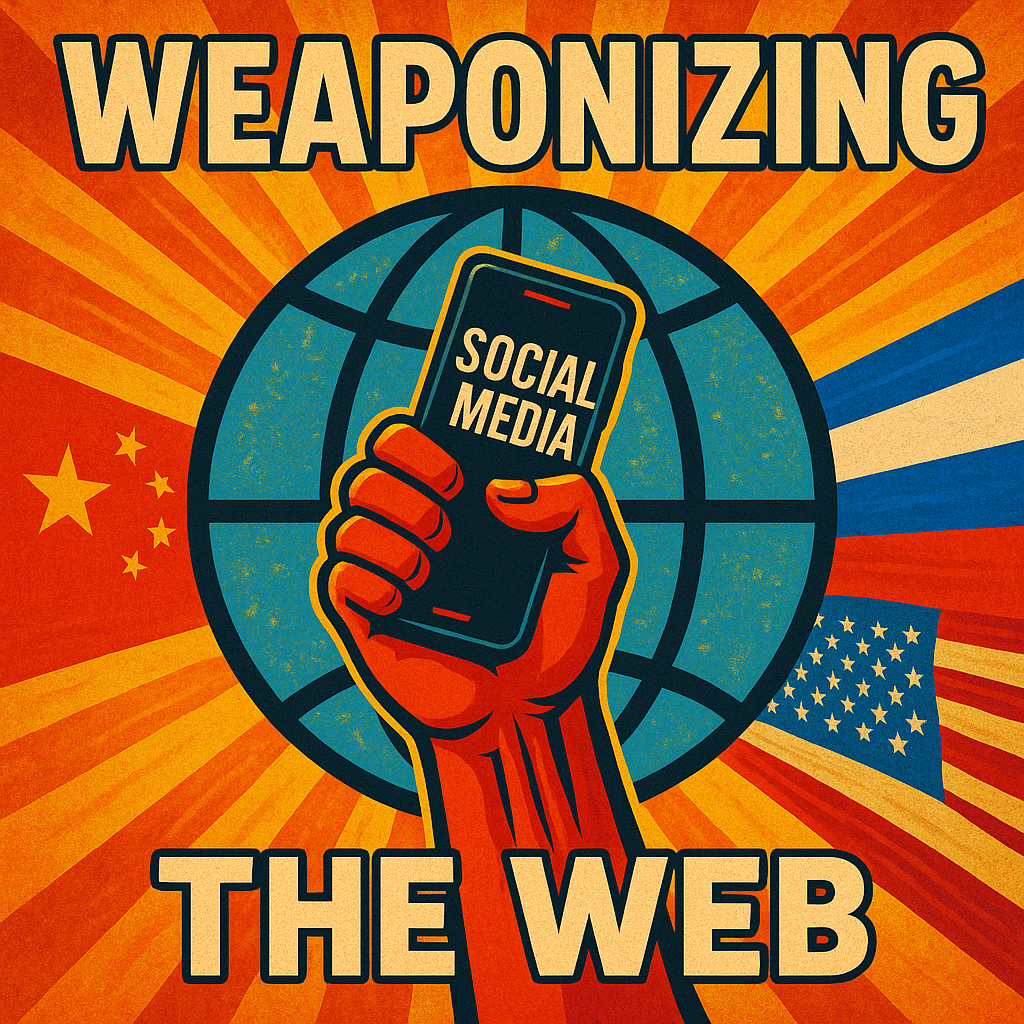The U.S.-China Battle for Global Technological Supremacy
Technology Wars Historical Context: The Roots of a Tech Cold War
Technology Wars – The technology rivalry between the United States and China has been brewing for decades but escalated dramatically over the past ten years. As China transitioned from a manufacturing hub to a global innovation contender, tensions with the U.S. grew sharper.
Key flashpoints include:
- 2012 – Huawei in the Crosshairs: The U.S. House Intelligence Committee released a report branding Huawei and ZTE as security threats due to alleged ties to the Chinese Communist Party.
🔗 Congressional Report (2012) - 2018 – ZTE Sanctions & Trade War Begins: The U.S. banned American companies from supplying components to ZTE, nearly crippling the firm. Later that year, the U.S.-China trade war intensified under the Trump administration, with tech at its core.
- 2019–2020 – Huawei & Semiconductor Sanctions: Huawei was added to the U.S. Entity List, blocking it from key suppliers like Qualcomm and Google. In parallel, the U.S. began restricting Chinese access to advanced semiconductors.
These moves mark a shift from market-driven competition to state-driven tech confrontation, with national security now at the heart of technological policy.
Technology Wars Key Battlegrounds: The Strategic Sectors
🧠 Artificial Intelligence (AI)
AI is central to future economic and military dominance. China aims to be the global AI leader by 2030, as declared in its Next Generation AI Development Plan. Meanwhile, the U.S. leverages its edge in cutting-edge research and dominance in foundational models.
- U.S. Strengths: OpenAI, Nvidia, Google DeepMind
- China’s Assets: Baidu, SenseTime, Megvii
🔗 Stanford AI Index Report 2024
⚙️ Semiconductors
Microchips are the beating heart of modern technology. The U.S. still leads in chip design (e.g., Nvidia, AMD) and core equipment (e.g., ASML lithography machines), while China is investing heavily in catching up.
- Key Chokepoint: ASML’s EUV machines are banned from export to China.
- China’s Response: Massive state support for SMIC, China’s national chip champion.
🔗 CSIS – Semiconductor Supply Chains
📡 5G and Communications Infrastructure
5G networks are foundational for smart cities, autonomous vehicles, and military logistics.
- Huawei dominates 5G base stations globally, sparking U.S. pressure on allies to ban it.
- U.S. supports alternatives like Open RAN, pushing Qualcomm and Ericsson forward.
🔗 Brookings Report: Huawei and Global 5G
🧬 Quantum Computing
Quantum supremacy could redefine cybersecurity and computational capabilities.
- The U.S. leads in quantum hardware (Google, IBM) and theory.
- China is investing billions through its National Laboratory for Quantum Information Sciences.
🔗 Nature – China’s Quantum Push

Technology Wars Tactics & Countermeasures
🔒 Export Controls & Sanctions
The U.S. has weaponized access to advanced tech via:
- Entity List restrictions (e.g., Huawei, DJI, SMIC)
- CHIPS Act (2022): $52B to boost domestic chipmaking
🔗 White House Fact Sheet on CHIPS Act
💰 State Subsidies & National Champions
China responds with:
- “Made in China 2025”: Targeting self-sufficiency in critical sectors
- Massive subsidies for local giants like SMIC, ByteDance, and CATL
🔗 RAND Report on Made in China 2025
🧠 Talent Wars
Both sides compete for elite researchers and AI talent:
- China’s “Thousand Talents Plan” recruited global experts, raising espionage concerns.
- U.S. immigration curbs and academic scrutiny strained cross-border research ties.
🔗 GAO Report on Talent Recruitment Risks
🔍 Cybersecurity & IP Theft Accusations
The FBI and U.S. DOJ have accused Chinese actors of stealing trade secrets from American companies and universities. China denies the allegations, accusing the U.S. of politicizing global commerce.
Case Studies
🛠️ ASML’s EUV Machines
ASML (Netherlands) makes the world’s only extreme ultraviolet (EUV) lithography machines — critical for 5nm and smaller chips. Under U.S. pressure, the Dutch government blocked shipments to China.
🔗 Reuters – ASML Export Controls
📱 TikTok Ban
U.S. officials argue TikTok poses data security risks due to its Chinese ownership (ByteDance). The app has faced potential bans and forced divestitures. Meanwhile, China blocked the export of TikTok’s algorithm.
🔗 BBC – TikTok Ban Debate
🔧 SMIC’s Advanced Node Surprise
In 2023, SMIC reportedly produced a 7nm chip for Huawei’s Mate 60 Pro smartphone despite export restrictions. This raised concerns about the effectiveness of sanctions and China’s growing domestic capacity.
🔗 Bloomberg – SMIC’s Chip Breakthrough
Global Implications
🌐 Supply Chain Fragmentation
Global supply chains are already splitting:
- TSMC is under pressure to diversify production (U.S. fabs in Arizona, Japan).
- South Korea’s Samsung walks a diplomatic tightrope between both powers.
🔗 FT – Global Supply Chain Rifts
🇪🇺 Allied Alignments
The U.S. is rallying allies around “techno-democracy” frameworks:
- The CHIPS 4 Alliance (U.S., Japan, Taiwan, South Korea)
- EU’s Digital Sovereignty Strategy
🔗 Atlantic Council – Techno Alliances
🧩 Decoupling and Strategic Autonomy
From semiconductor supply chains to data governance, the risk of technological decoupling is real. Full bifurcation could cost the global economy trillions, according to the IMF.
🔗 IMF Working Paper – Tech Decoupling
Technology Wars – Future Projections & Emerging Flashpoints
🔮 Escalation or Détente?
- Escalation Risk: AI-driven warfare, further sanctions, digital currency weaponization (e.g., e-CNY vs. U.S. Dollar dominance)
- Détente Potential: Selective cooperation on climate tech, nuclear safety, or global health infrastructure
🌱 Next Flashpoints
- Biotech and Genomics – China’s edge in CRISPR and gene editing could fuel national security fears
- Green Tech Race – Solar panels, EV batteries, and rare earths are the next strategic resources
- Space Technology – Competing moon missions and satellite constellations
🔗 Nature – CRISPR in China
🔗 IEA – China and Global Clean Energy Supply Chains
Technology Wars: A New Tech Cold War?
The U.S.-China tech war is not just about innovation — it’s about ideology, sovereignty, and power. As the rivalry intensifies, the world risks becoming a fractured digital landscape with competing standards, platforms, and ecosystems.
Yet, in this fierce competition lies opportunity: for breakthroughs in science, for more resilient supply chains, and perhaps — with careful diplomacy — for a new model of technological coexistence.




